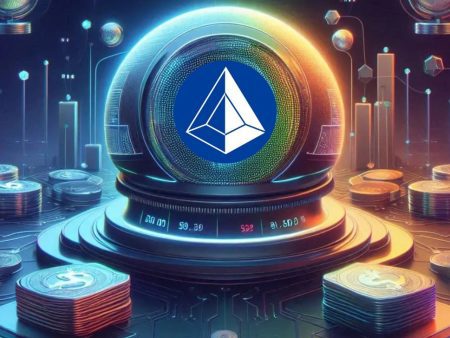How to Mine Bitcoin is a question many beginners ask when exploring the world of cryptocurrency. Mining effectively requires the right hardware, mining software, and a solid strategy to maximize rewards.
How to Mine Bitcoin successfully depends on understanding key factors such as mining methods, time required to mine 1 BTC, the number of Bitcoins left, and the Future of Bitcoin Mining — Let’s dive deep into these aspects in detail with TopCoin9.
What is Bitcoin Mining?
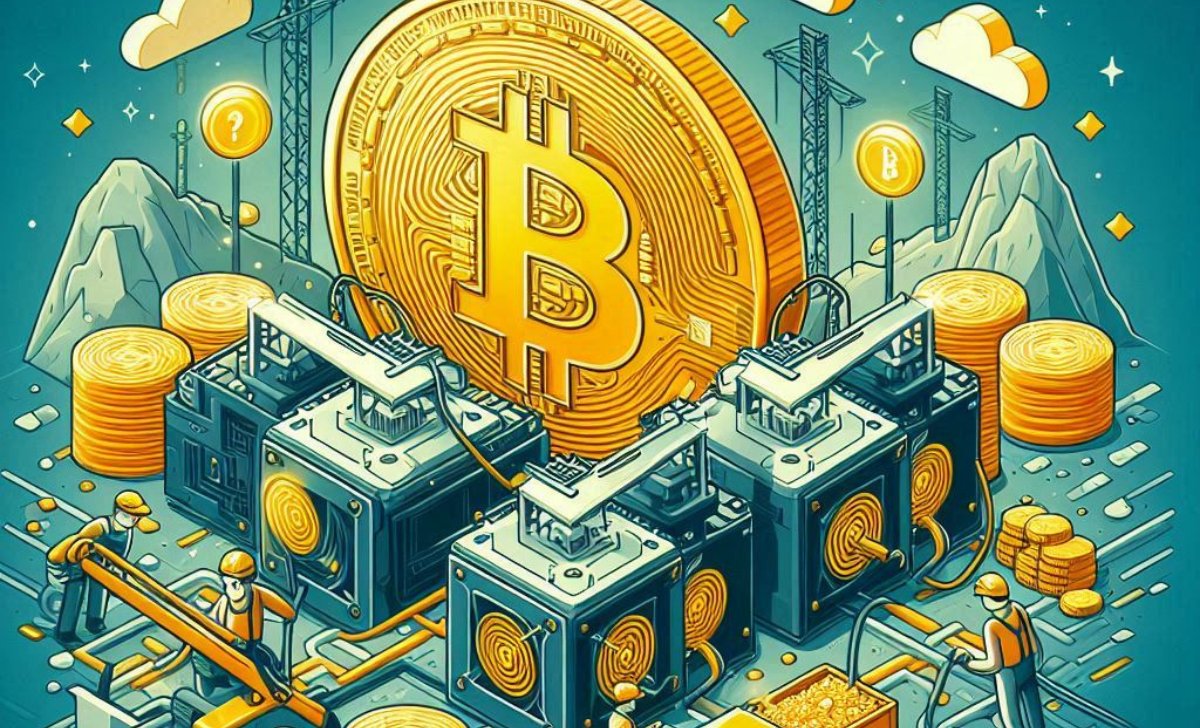
Crypto mining is the process of verifying transactions and adding them to blockchain. In the case of Bitcoin, miners use powerful computers to solve complex cryptographic puzzles. When a miner successfully solves a block, they are rewarded with newly minted Bitcoin.
This process serves two main purposes:
- Securing the network: Miners validate transactions, preventing fraud and double-spending.
- Issuing new Bitcoins: Mining is the only way new Bitcoins are introduced into circulation.
However, Bitcoin mining isn’t as simple as turning on a computer and letting it run. It requires specialized hardware, a significant amount of electricity, and strategic planning. Now, let’s dive into the step-by-step guide on how to mine Bitcoin efficiently in the next part!
How to Mine Bitcoin: Step-by-Step Guide
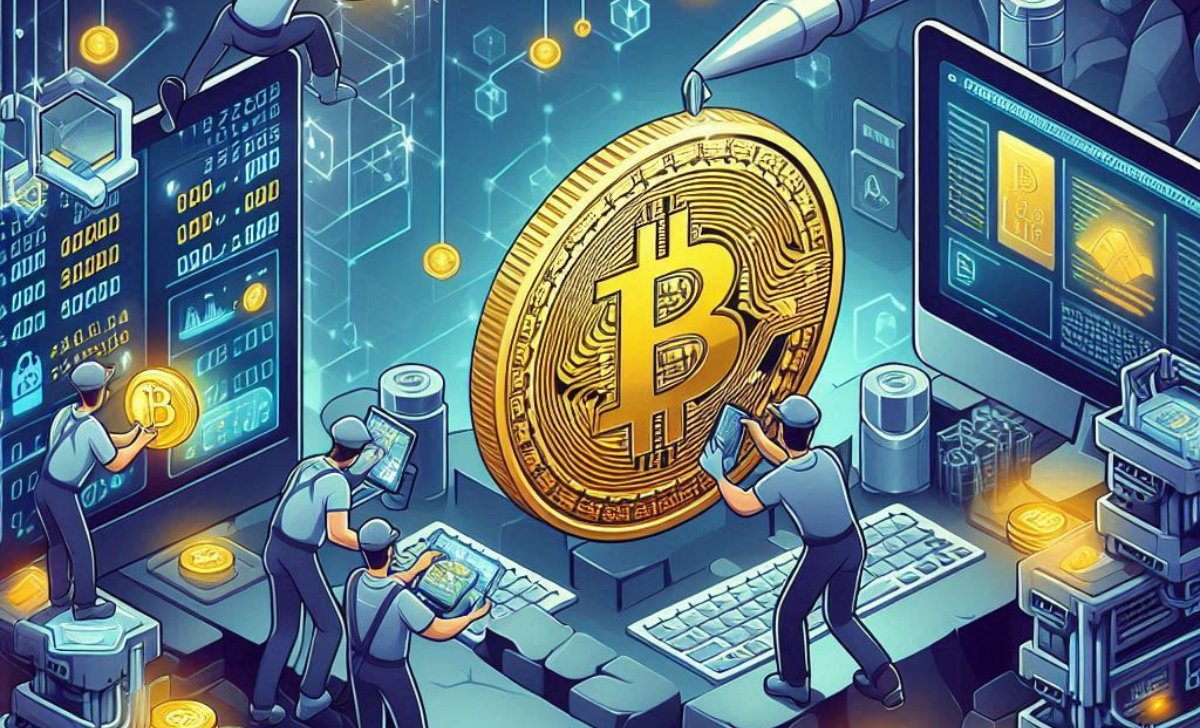
If you’re serious about mining Bitcoin, this Bitcoin mining guide will walk you through the essential steps to get started.
Step 1: Choose the Right Hardware
Mining Bitcoin requires specialized hardware called ASIC miners (Application-Specific Integrated Circuits). These devices are far more efficient than regular computers or GPUs. Some popular models include:
- Bitmain Antminer S19 Pro: High efficiency but expensive.
- WhatsMiner M30S++: A strong alternative with competitive performance.
ASIC miners consume a lot of power, so ensure you have a stable electricity source at an affordable rate.
Step 2: Select Bitcoin Mining Software
Once you have the hardware, you need the right software to connect to the Bitcoin network. Some top choices include:
- CGMiner: A popular, open-source option.
- BFGMiner: A customizable option with advanced features.
- EasyMiner: A user-friendly choice for beginners.
These programs help manage your mining operations and monitor performance.
Step 3: Join a Mining Pool or Mine Solo
You can choose to mine solo or join a mining pool.
- Solo mining: You keep all the rewards, but it’s much harder to mine a block.
- Mining pools: Multiple miners combine their computing power, increasing their chances of earning rewards. Some top mining pools include F2Pool, Slush Poo, Binance Pool
Most beginners start with a mining pool to ensure a more steady income.
Step 4: Set Up a Bitcoin Wallet
To store your mined Bitcoin, you need a secure Bitcoin wallet. Popular options include:
- Hardware wallets: Ledger Nano X, Trezor Model T.
- Software wallets: Electrum, Exodus.
Choose a wallet that provides strong security features to protect your Bitcoin from hackers.
Step 5: Start Mining and Monitor Performance
Once everything is set up, you can start mining! Keep an eye on important factors like:
- Hashrate (mining power)
- Power consumption
- Network difficulty
- Bitcoin price fluctuations
Mining is a long-term game, so consistency is key. But what if you want to mine Bitcoin using a regular PC? Let’s explore that next.
How to Mine Bitcoin on PC: Is It Worth It?
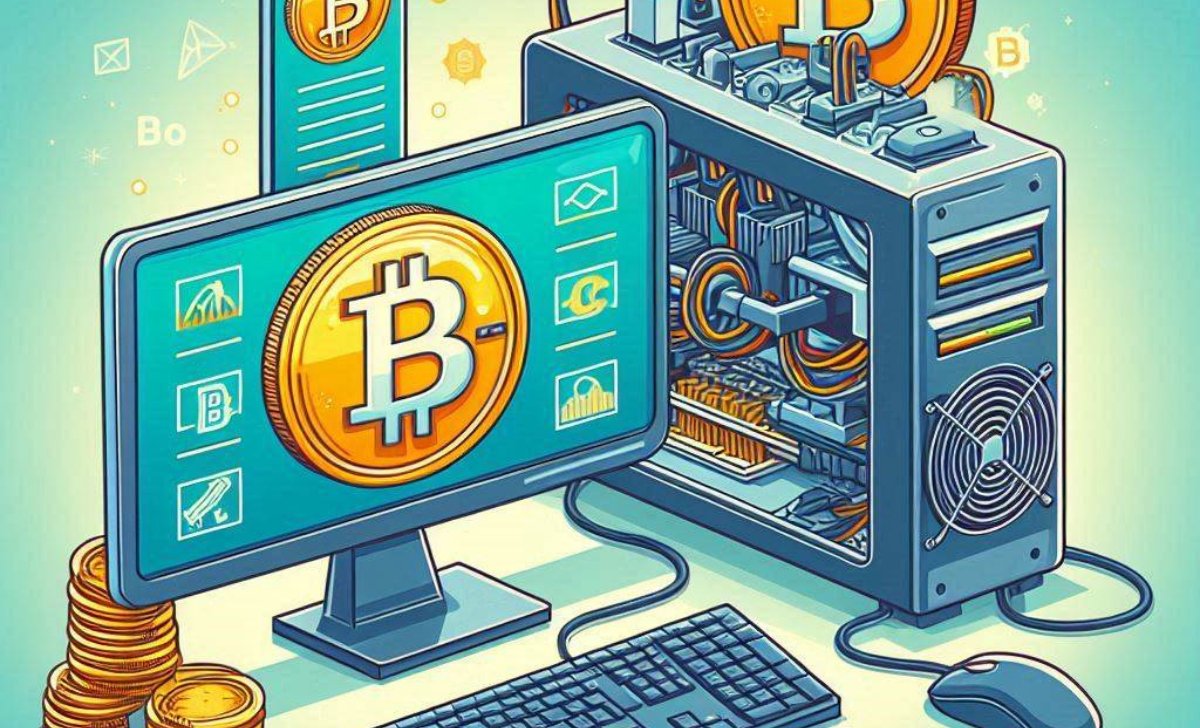
While Bitcoin was initially mined using regular computers, the competition has grown significantly. Today, mining Bitcoin on a standard PC is not profitable because ASIC miners dominate the industry.
However, you can still mine other cryptocurrencies on a PC, such as:
- Monero (XMR): Privacy-focused coin, CPU-friendly.
- Ethereum Classic (ETC): Uses GPUs.
- Ravencoin (RVN): Popular among home miners.
If you’re interested in GPU mining, you might be wondering how to mine Ethereum or its alternatives. While Ethereum transitioned to Proof-of-Stake, Ethereum Classic still allows mining with GPUs. But before you start, let’s explore how long does it take to mine 1 Bitcoin!
How Long Does It Take to Mine 1 Bitcoin?
The time required to mine 1 Bitcoin depends on several factors:
- Mining hardware efficiency: More powerful ASIC miners mine faster.
- Network difficulty: As more miners join, mining becomes harder.
- Electricity costs: Higher costs reduce profitability.
Currently, with an Antminer S19 Pro, it takes about 7-10 days to mine 1 Bitcoin. However, most miners receive smaller rewards from crypto mining pools instead of mining a full Bitcoin at once.
But how many Bitcoins are still available to mine? Let’s explore this next!
How Many Bitcoins Are Left to Mine?
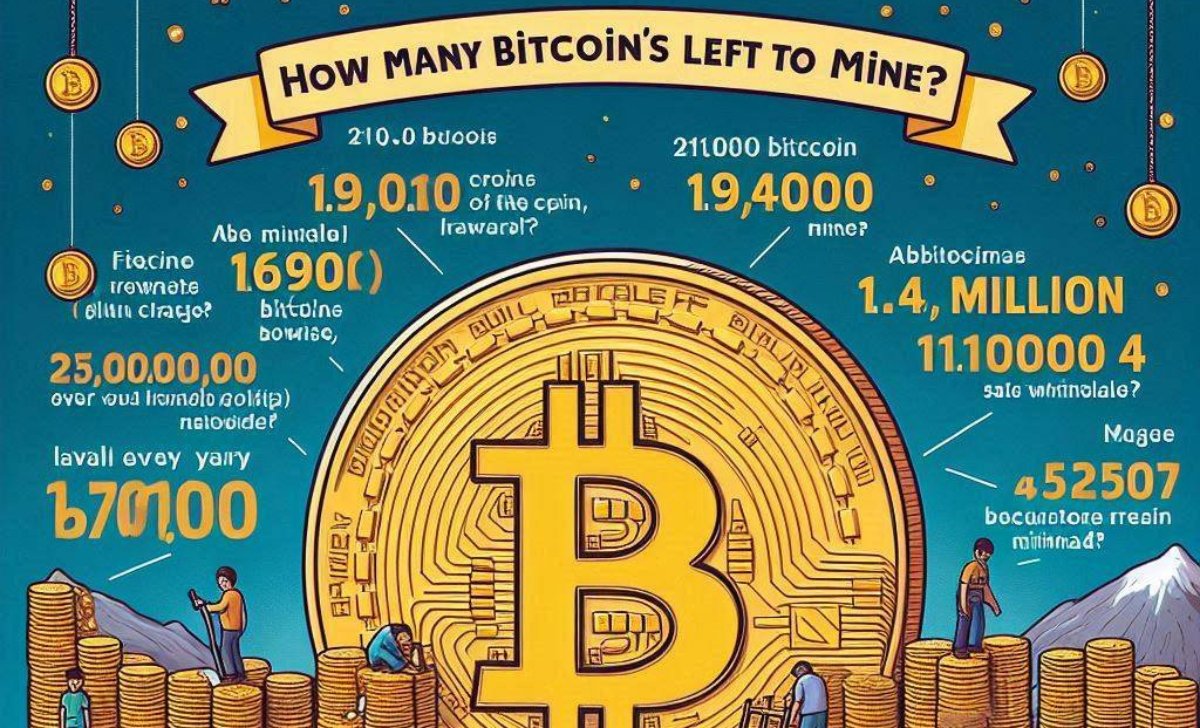
Bitcoin has a fixed supply of 21 million coins. As of 2025, about 19.6 million Bitcoins have already been mined, leaving roughly 1.4 million still available.
Bitcoin’s mining rewards decrease over time due to a process called halving, which happens every four years. The next halving in 2028 will further reduce mining rewards, slowing down the supply.
As the number of mineable Bitcoins continues to shrink, the future of Bitcoin mining is set to undergo significant changes. Let’s analyze the situation!
The Future of Bitcoin Mining
Bitcoin mining is constantly evolving as technology advances and economic conditions change. With increasing mining difficulty, energy consumption concerns, and upcoming Bitcoin halving events, the industry is expected to shift towards more efficient hardware and sustainable energy sources.
In the coming years, innovations like liquid cooling, AI-powered mining optimization, and the integration of renewable energy will likely redefine how Bitcoin is mined. Governments worldwide are also introducing regulations that could impact mining operations, either by supporting green mining initiatives or imposing stricter controls.
In conclusion, how to Mine Bitcoin successfully requires the right tools, strategy, and knowledge of the evolving mining landscape. While profitability depends on various factors, staying informed will help you make the best decisions. Don’t forget to follow our latest articles for more insights on Bitcoin mining and cryptocurrency trends!

Ethan Carter, a seasoned crypto analyst with 7+ years of experience, has a deep understanding of market trends, DeFi, and blockchain technologies. His expert insights and market forecasts have helped thousands of traders and investors make informed decisions.
Email: [email protected]

